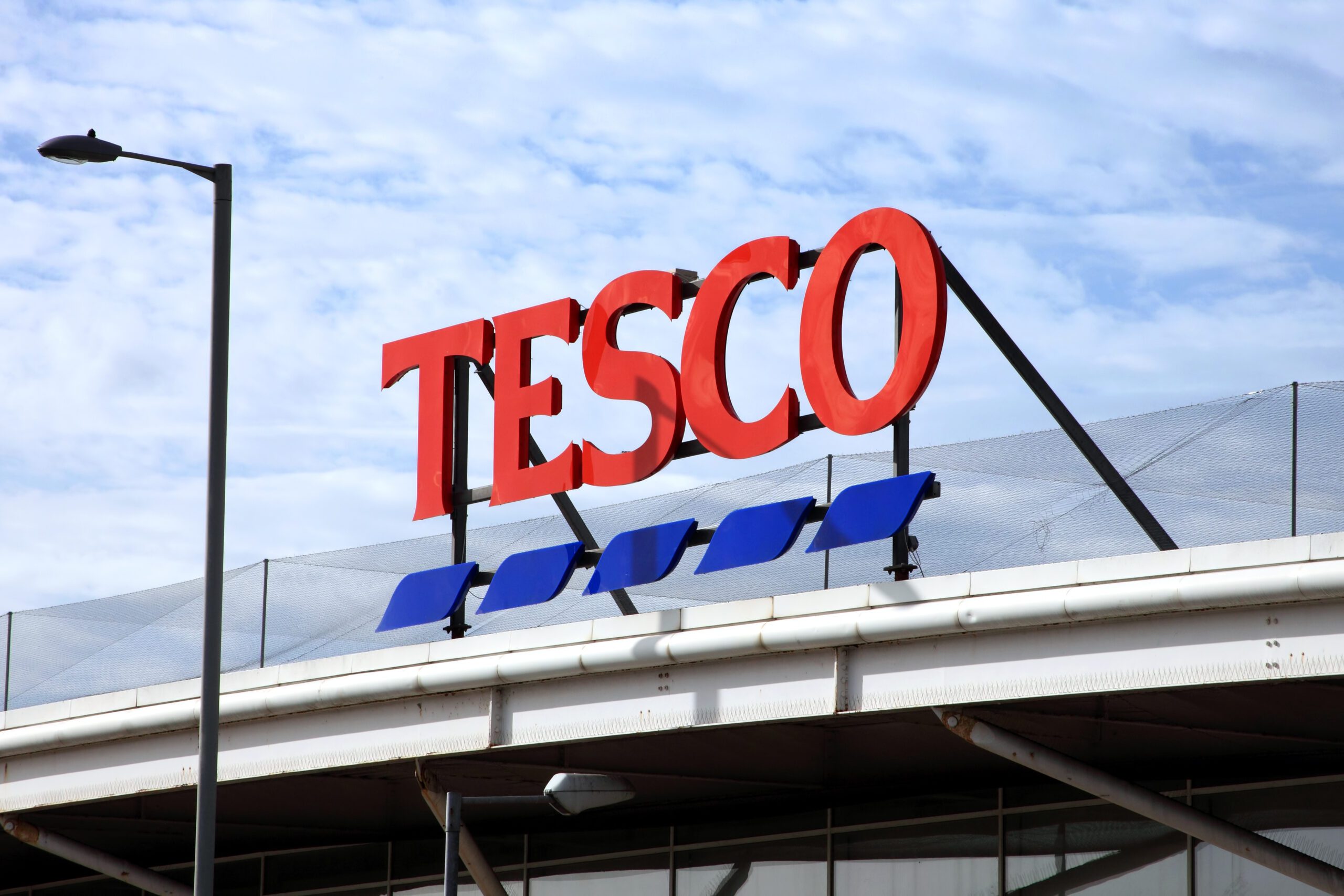The US Food and Drug Administration has so far issued no rulings on the approximately 3,500 tobacco-product substantial equivalence reports it has received, despite having 115 employees reviewing them, according to a story by Jacob Grier for The Atlantic Monthly quoting a report by Michael Felberbaum for Associated Press.
Under the Tobacco Control Act of 2009 new cigarettes cannot be introduced on the US market without an order from the FDA, and there are two routes to obtaining such an order. One route, for completely new tobacco products, requires a highly detailed review, while a second route provides for products that are ‘substantially equivalent’ to those already on the market.
A product is considered substantially equivalent to an existing product if it has the same characteristics: characteristics legally defined as ‘materials, ingredients, design, composition, heating source, or other features’. The law allows also for a finding of substantial equivalence when a product differs in characteristics but raises no new questions of public health.
Products introduced before March 2011 have been allowed to enter the market provisionally, on the understanding that the FDA may order their removal at any time.
But the approximately 500 products submitted for review since then are said to be hostage to an approval process that progresses glacially, presents vague standards, and makes no promise of reaching a conclusion.
Grier says that the Tobacco Control Act requires that the FDA rule on new product applications ‘as promptly as possible, and in no event later than 180 days after an application is received’. But that is for completely new products; whether this deadline applies to products applying via the substantial equivalence pathway is a matter of dispute.
The law suggests that companies submit these reports ninety days prior to launch, implying that this type of review is less time-consuming. However the FDA contends that the statutory deadline does not apply at all to substantial equivalence reports. Under its interpretation, these applications can be held in perpetual limbo.
Grier’s story, which includes a fascinating example of one company’s attempts to lead its cigarette down the substantial equivalence pathway, is at http://www.theatlantic.com/health/archive/2013/03/how-the-fda-is-keeping-new-cigarettes-off-the-market/273679/.







